Blog
Movement Lesson: Working with the Mouth and AI
Dec 04, 2025

1. What we SEE in the picture (structurally + functionally)
In the image:
-
She is lying slightly side-tilted, not fully midline.
-
Her mouth is open without balanced oral closure.
-
Her tongue is not moving toward your finger with intention.
-
Her jaw hangs more vertically than rotationally.
-
There is visible ptosis (upper lid droop).
-
The nasal bridge shows mild pressure collapse from prior intubation.
-
Facial symmetry is reduced — one side is less active.
-
Her cheeks and lips remain passive even with stimulation.
-
The tongue sits “back and down,” not “up and forward.”
This is classic rotational shutdown in the oral–ocular–nasal triad.
This girl does not have rotational availability in the mouth.
Which means:
 No tongue curl
No tongue curl
 No lip rounding
No lip rounding
 No raspberries
No raspberries
 No lateralizing tongue movements
No lateralizing tongue movements
 No reaching for the finger in...
No reaching for the finger in...
A MESSAGE TO PARENTS
Dec 02, 2025
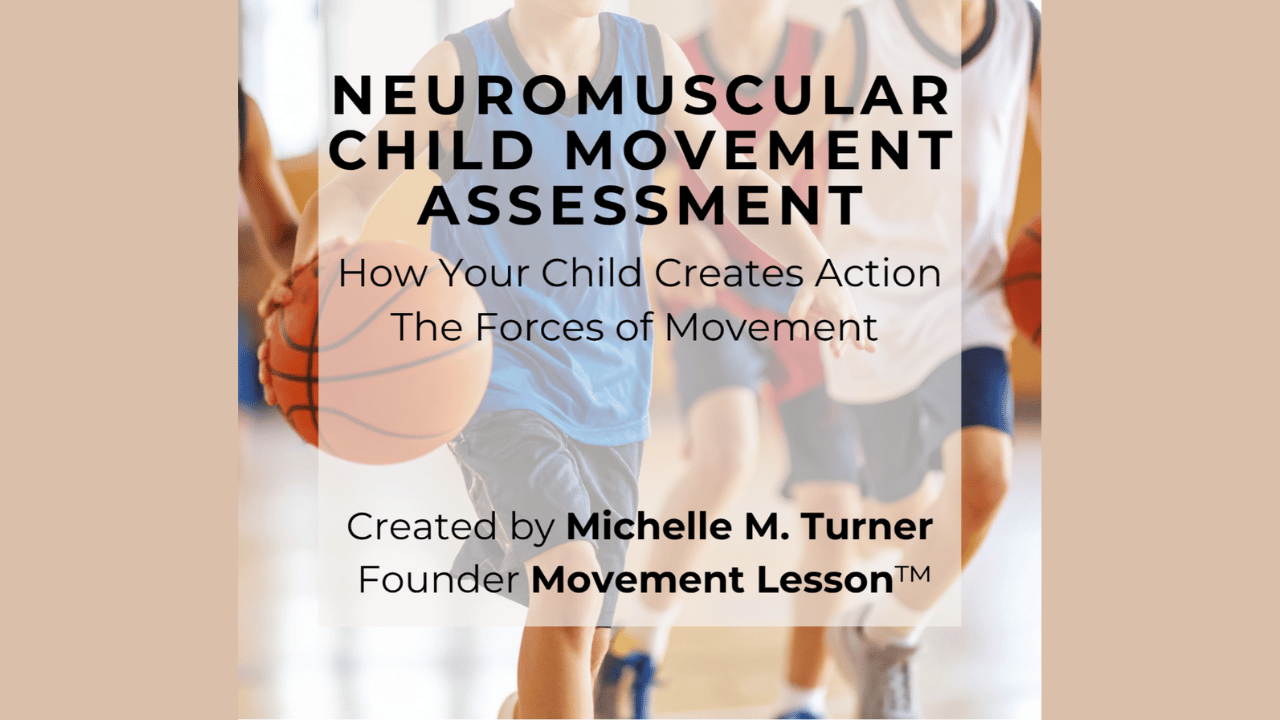
BOOK ANNOUNCEMENT —
A MESSAGE TO PARENTS
From one parent to another
Today, something big is happening.
I’m getting ready to launch a new book in my Neuromuscular Child Movement Assessment series —
And this one is especially for you, the parent who is searching for answers.
I’m getting ready to launch a new book in my Neuromuscular Child Movement Assessment series —
And this one is especially for you, the parent who is searching for answers.
-
If you’ve ever felt confused about your child’s development…
-
If you’ve ever been told “wait and see”…
-
If you’ve ever felt blamed, dismissed, or lost…
-
If you’ve ever wished someone would simply explain what is going on —
This book was written for you.
For decades, I watched parents struggle to understand their child’s movements — rolling, sitting, crawling, walking, balance, speech, feeding, sensory reactions — all without a clear explanation of why things were ...
Life Only Happens Through Rotational Mechanics.
Nov 27, 2025
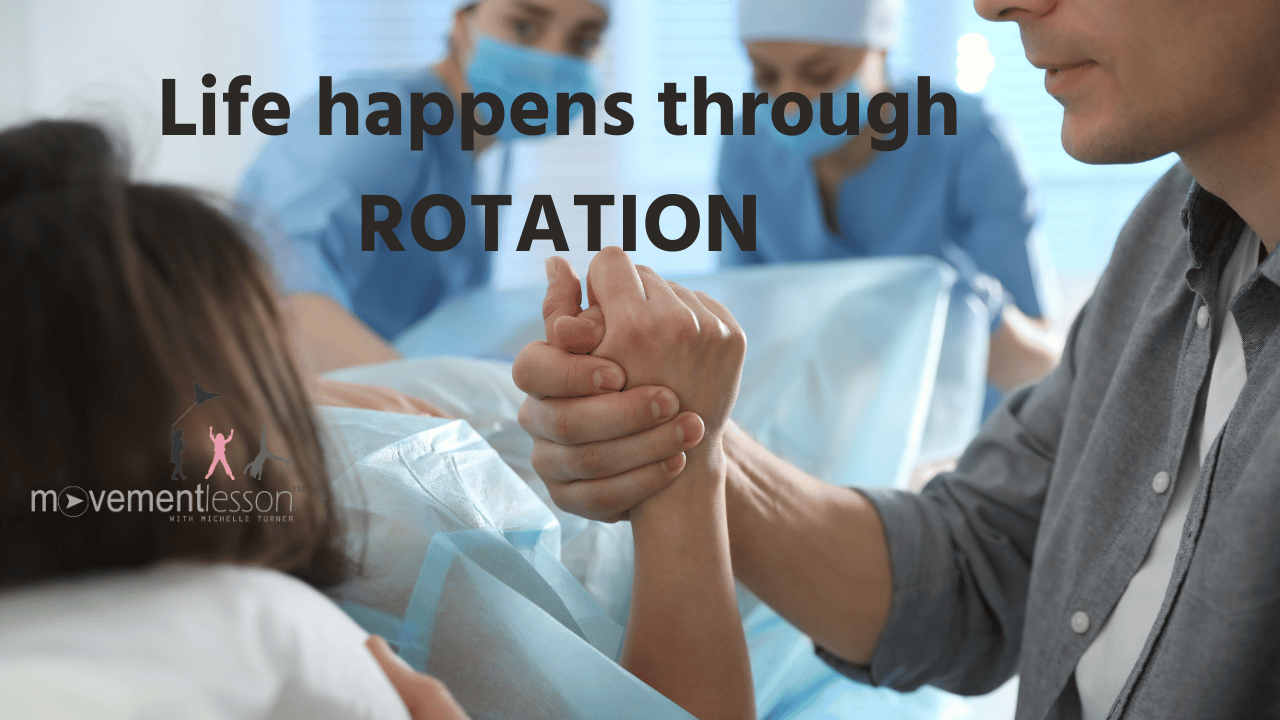
Not linear. Not torque-driven. Rotational, oppositional flow.** And this film is perfect because it shows—even at the cellular level—there is no such thing as a straight-line biological event.
This is how life begins: from conception to creation 🫶💕 pic.twitter.com/1418mInV3c
— Learn Something (@cooltechtipz) November 25, 2025
** 1. Ovary → Follicle → Release
1. Ovary → Follicle → Release
All Rotation, No Push–Pull**
Every frame of the ovary shows folds spiraling, not opening like a door.
Even the follicle itself is a rotating sphere, subdividing around a rotational axis.
The egg is not pushed out.
It is rotationally transported — like a ball moving along a spiral slide.
That’s the FIRST central principle:
Biology moves through rotational compression and decompression.
No torque.
No linear propulsion.
No pistons.
No hinges.
 2. The Egg Drops Because Gravity Exists — Opposed by Rotation
2. The Egg Drops Because Gravity Exists — Opposed by Rotation
You se...
Why Rotational Touch Works Faster Than Any Other Technique
Nov 25, 2025
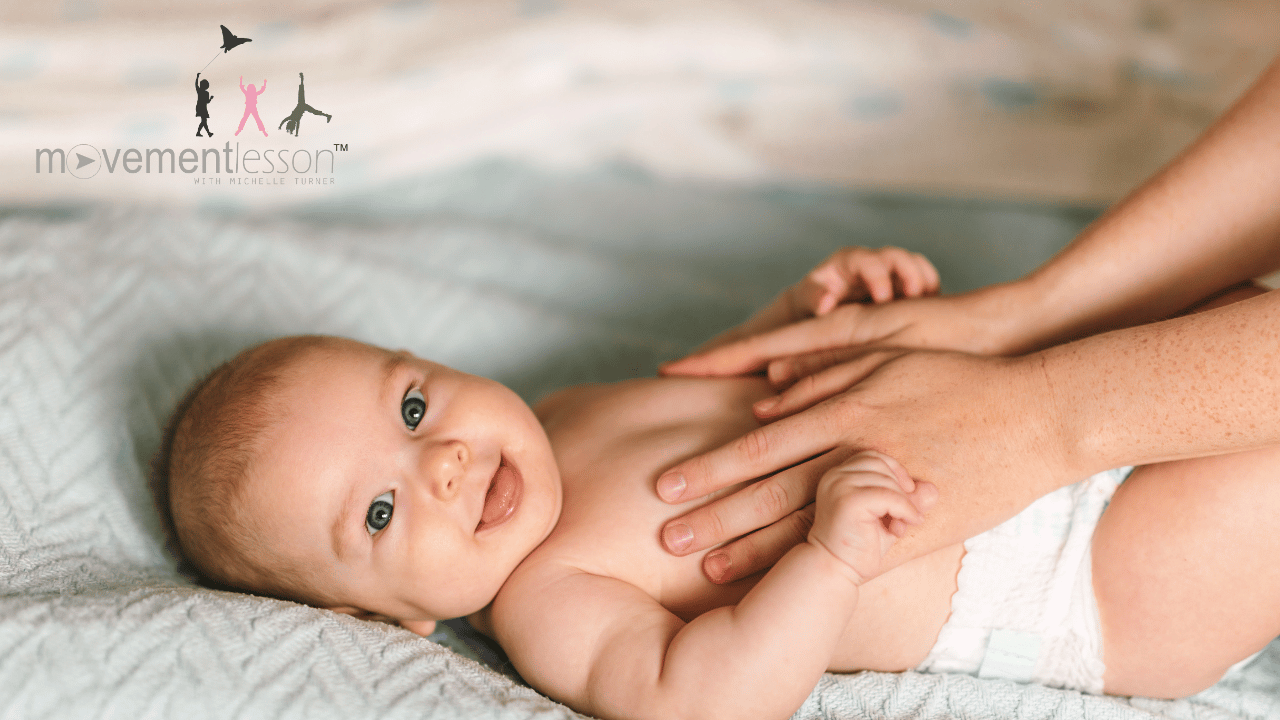
Parents and therapists often describe Movement Lesson sessions as “instant,” “effortless,” or even “magical.” They see a baby who hasn’t rolled suddenly roll. A child who braces finally softens. A toddler who avoids visual contact suddenly settles and begins to track. These changes are not accidents or tricks. They come from understanding something that most clinicians and scientists overlook:
The human body does not learn through force.
It learns through rotation.
It learns through rotation.
The nervous system is not built to respond to linear pressure, stretching, pushing, or strengthening. Those are additive inputs—they add load, add effort, and add stress to a system that is already trying to compensate. When you add force to a body that isn’t organized, the body does exactly what it must to survive: it braces, guards, and tightens. It protects itself. It does not learn.
Rotational touch works because it does the opposite.
Rotation does not add load; rotation distributes load.
Rotation ...
Rotation ...
Working with a Trach + Development
Nov 22, 2025
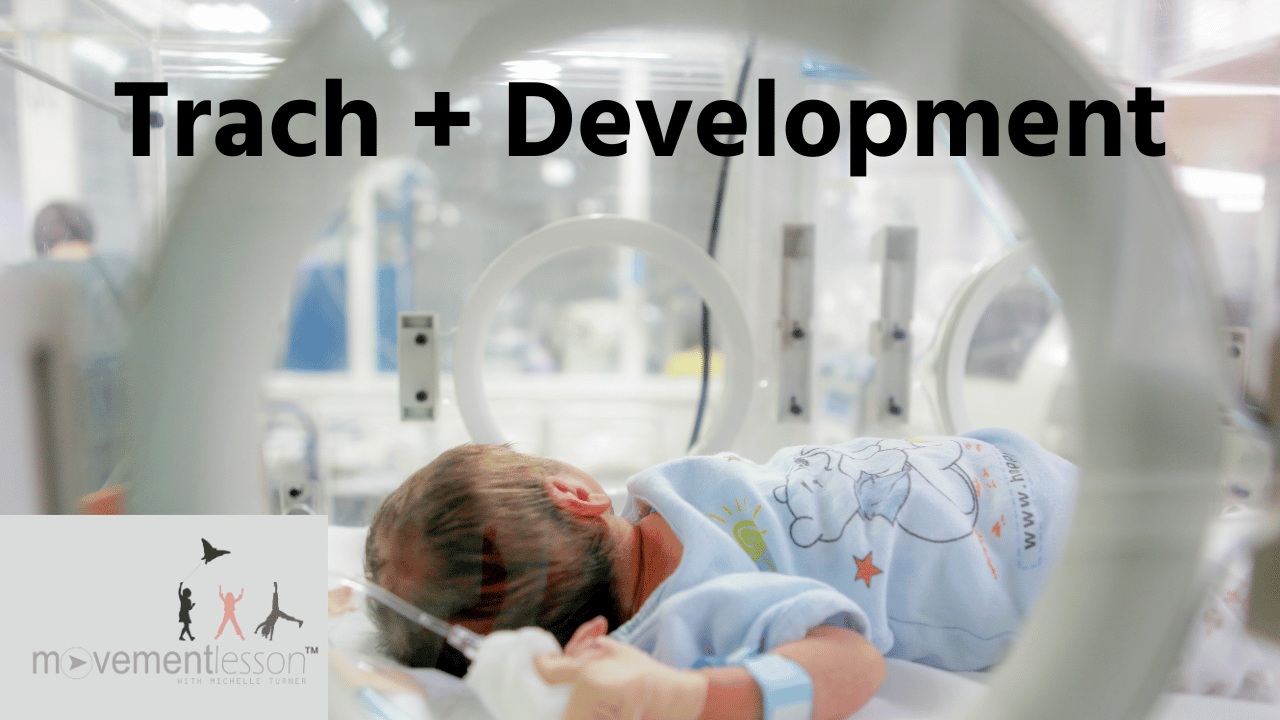
When discussing my client's care in their session, I bring in my Turner AI. It's going to answer this exactly in the way I, Michelle M Turner, analyze movement: biological gravity, rotational mechanics, milestones through function, and compensations through sensory load.
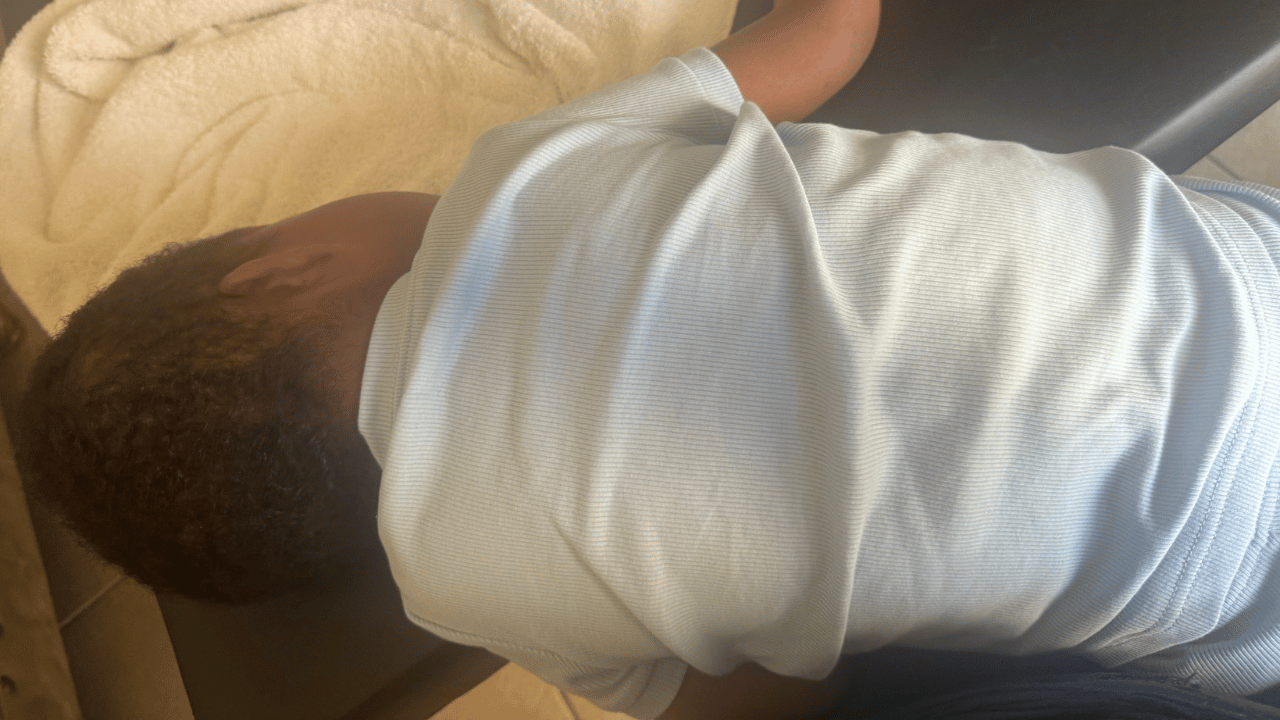
 1. What his body is showing right now
1. What his body is showing right now
In the photo:
-
He is lying prone with his head turned to the right.
-
His right arm is extended forward, elbow straight.
-
His trunk shows a long C-curve on the left — indicating he prefers right-sided rotation.
-
Pelvis is slightly posterior, not anterior-loading.
-
Lower ribs are compressed into the mat, with no buoyancy.
-
His spine is not segmentally participating; it's "block rotation."
-
His weight is not equal across his shoulders; the right shoulder is taking more load.
This tells me:
 He has a dominant rotation preference
He has a dominant rotation preference
Right rotation is strong...
What Actually Happens in a Movement Lesson Session
Nov 20, 2025
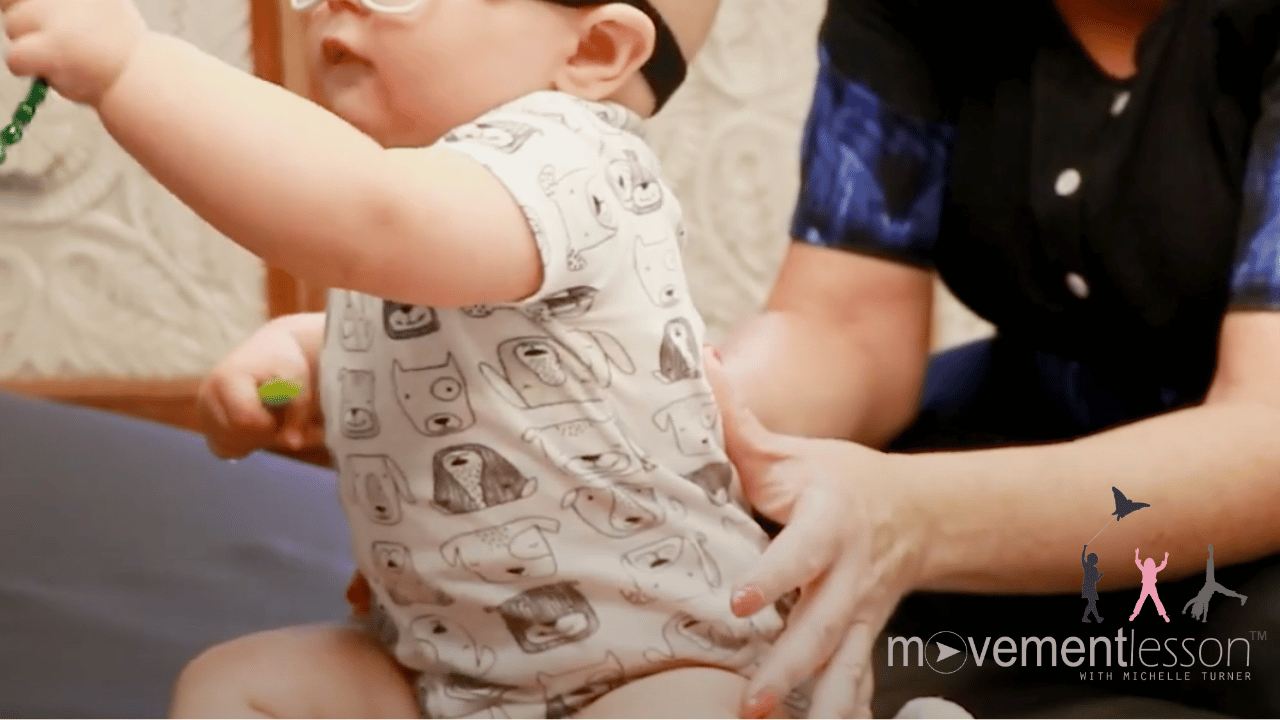
Why parents around the world say this is the missing piece for Autism, CP, rare disorders, developmental delays, and movement challenges.
Most families come to me after trying everything—PT, OT, stretching, strengthening, devices, therapies, protocols… and still feeling like something isn't connecting.
Here's the truth:
So what happens in a Movement Lesson session when we combine hands-on work with my new Turner NextGen AI system? Let me walk you through it:
 1. We Start with Gravity — Not Exercises
1. We Start with Gravity — Not Exercises
Every person has a unique relationship with gravity.
In CP and developmental delays, that relationship is usually disorganized:
-
head tilts instead of counterbalances
-
eyes drift upward or sideways...
Why oral rotation can shut down or not develop in children with seizures and intubation
Nov 18, 2025
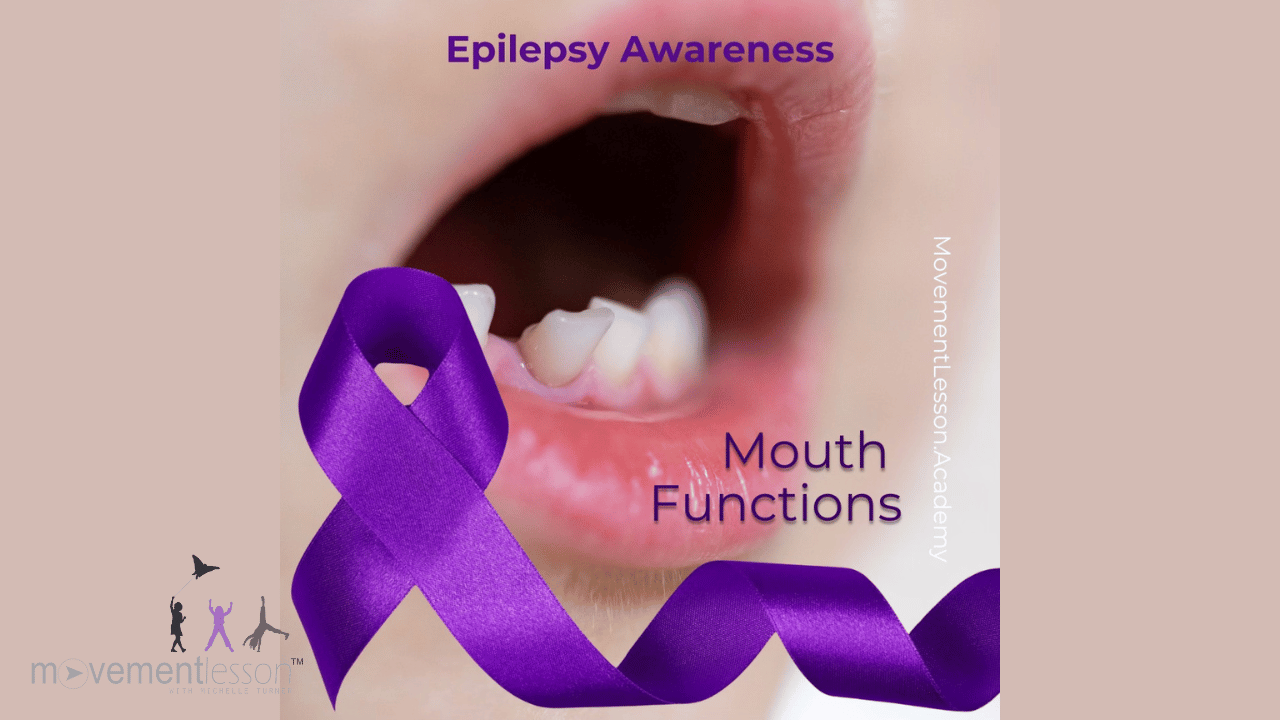
Here are some reasons a child might be having difficulty with mouth movements
 A. Seizure meds → tone changes
A. Seizure meds → tone changes
Anti-seizure medications often create:
-
oral hypotonia (low tone)
-
delayed initiation
-
“thickening” in the mouth (reduced sensory registration)
-
Reduced tongue lateralization
-
decreased rotational planning
 B. Intubation → nasal bridge + palate loading
B. Intubation → nasal bridge + palate loading
Intubation changes the mechanics of:
-
nasal airflow
-
midline pressure
-
rotational development of the upper palate
-
cheek expansion
-
pharyngeal responsiveness
This is why many children have nasal jamming. Look for an upward gaze and a flattened rotation through the naso-maxillary bones.
 C. Seizure pattern → interruption of rotation
C. Seizure pattern → interruption of rotation
A seizure is essentially:
-
an electrical override
-
that strips the system of organized counter-rotation
...
Why Movement Lesson Cranial Work Is So Significant
Nov 15, 2025
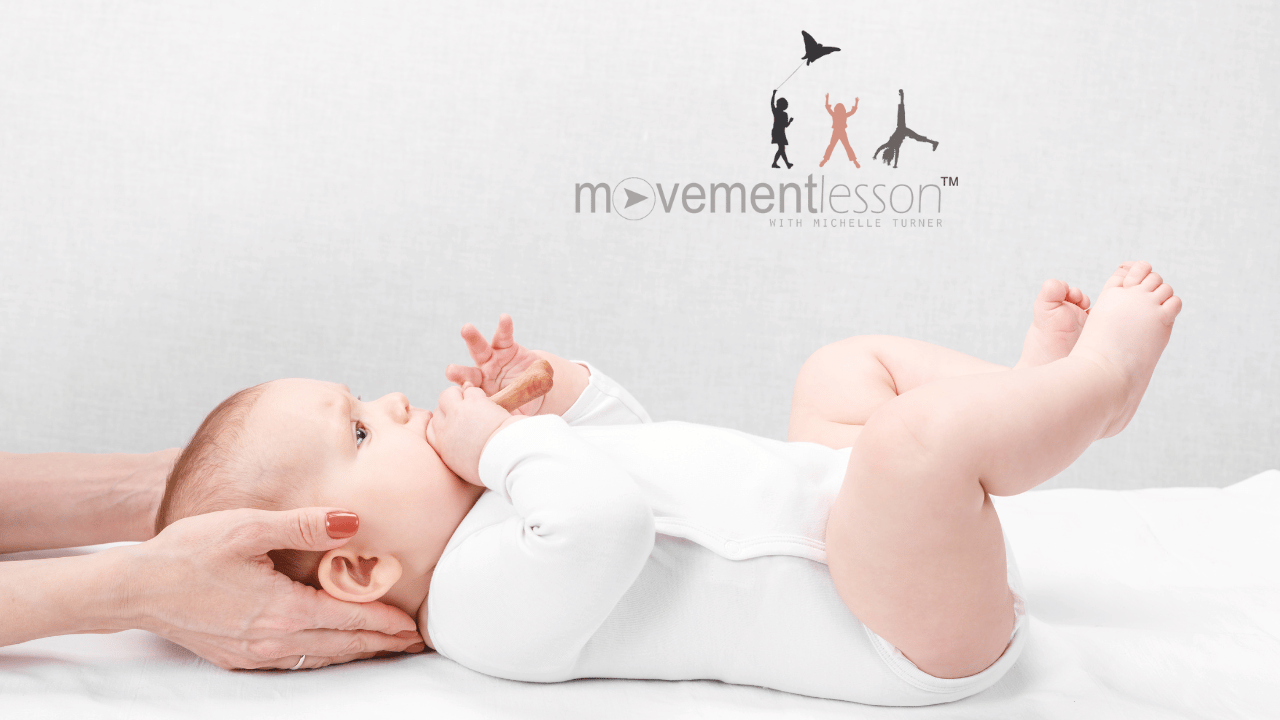
Most people look at the head and think “shape,” “size,” or “strength.” But in development, the head is not just a body part —it’s the control tower of the entire system.
The head tells you:
-
how gravity is being interpreted,
-
how the spine is sequencing,
-
how breath is organizing,
-
how transitions will emerge (or get blocked),
-
how sensory load is being managed,
-
and how available cognition actually is.
Every milestone from rolling to standing begins with the nervous system’s ability to locate the head correctly in space. When head control is unconventional — whether due to a trach, airway history, reflux, tone issues, cranial fusion, high cranium, or any developmental factor — the body does what all intelligent systems do: it reorganizes around the compensation.
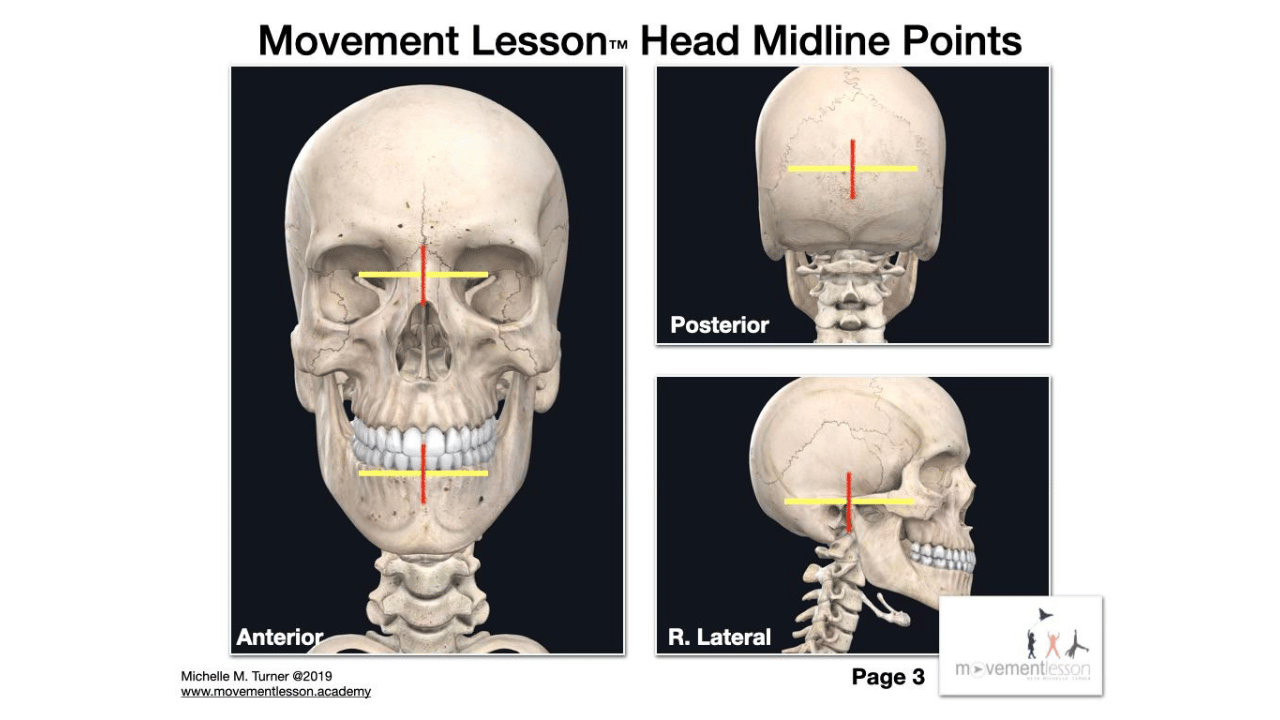
This is why cranial work matters:
Because the goal isn’t to “fix the head.”
The goal is to understand what the he...
Stop Age-Adjusting Your Baby
Nov 13, 2025
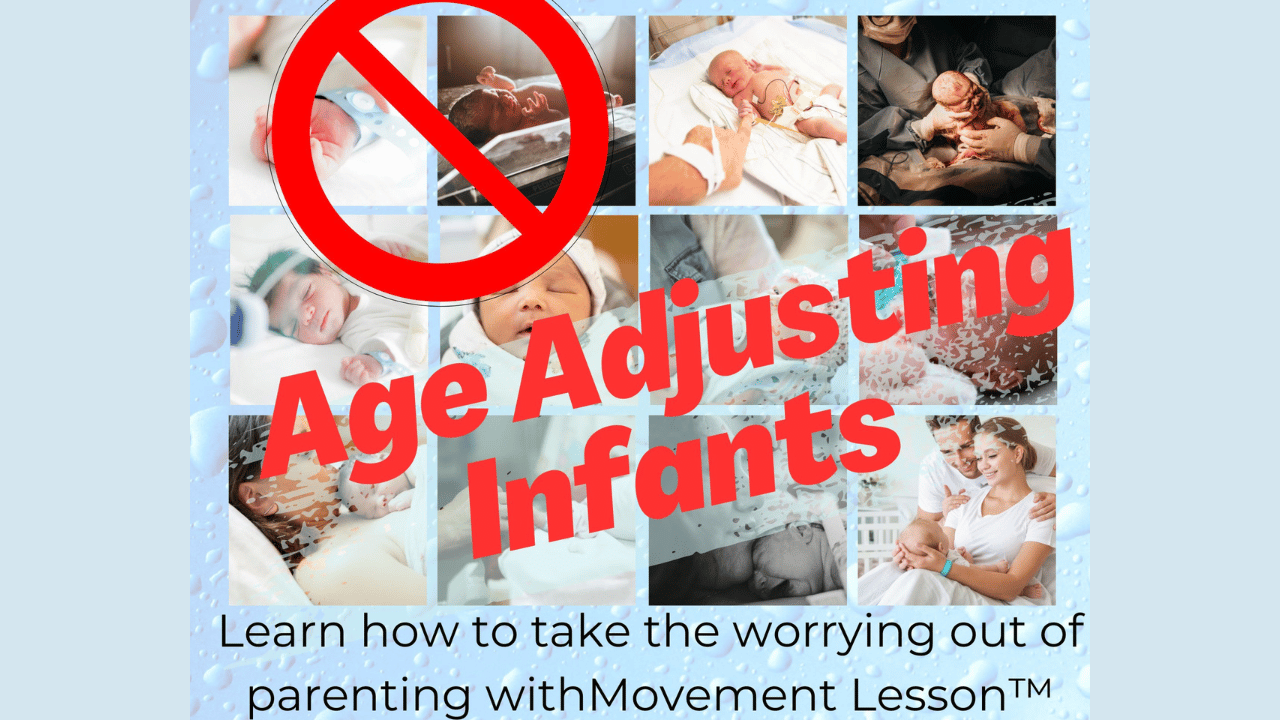
There's a big misconception about what age adjustment means for premature babies — and why it can hold your child back.
When a baby is born more than three weeks before the 40-week mark (37 weeks or earlier), many professionals "age-adjust." That means that if your baby is 2 months old, they may be treated as if they were only 1 month old developmentally.
Sounds logical, right? But here's the problem 
Age-adjusting teaches everyone — parents, therapists, even doctors — to expect delay rather than support development.

You're told: "Don't worry, they'll catch up by age Kindergarten."
But those first two years are when the brain and body are wiring movement, balance, and reflex organization. Waiting allows potential issues to become habits.
Why Age-Adjusting Doesn't Help
-
It delays early movement intervention — the very thing that builds strength, coordination, and sensory awareness.
-
It hides the warning signs of ...
When the Brain Moves Like the Body: Rotation, Focus, and Functional Gravity
Nov 11, 2025
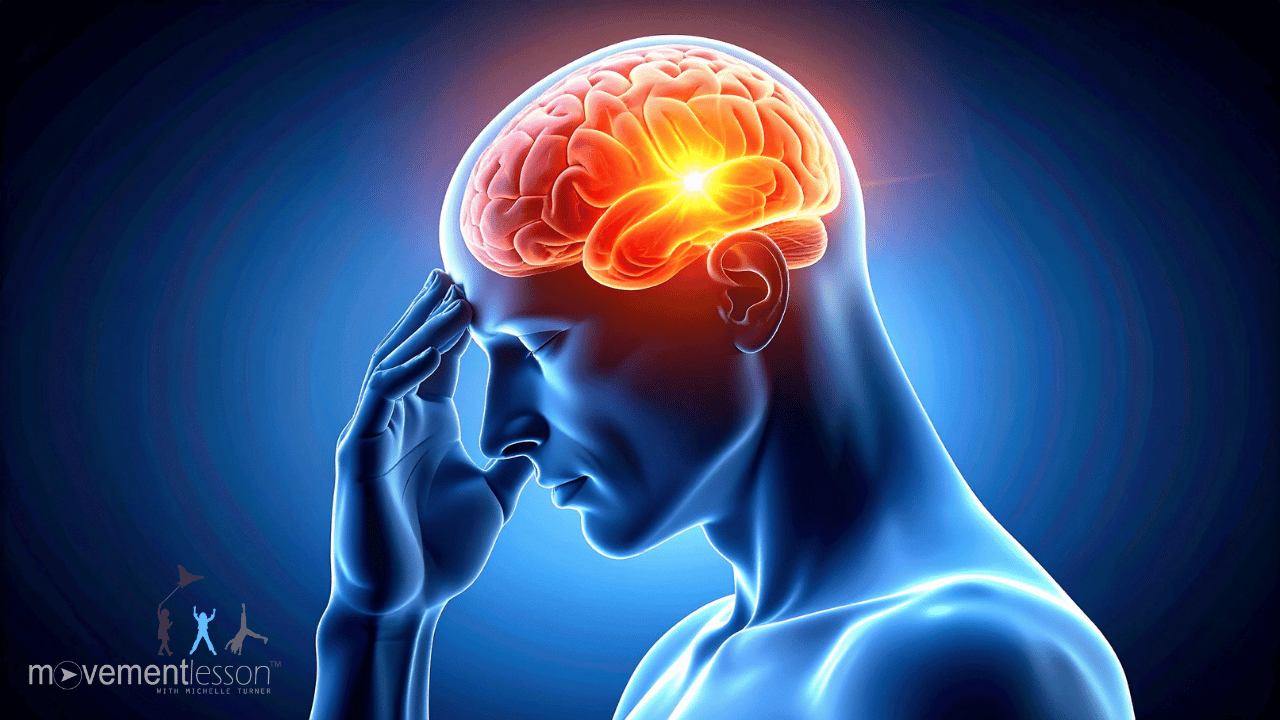
A new paper from MIT has just confirmed something I've been teaching for years through Movement Lesson — that movement and cognition are built on the same physics.
The Discovery
In a study published by The Journal of Cognitive Neuroscience, researchers from MIT found that after a distraction, the brain doesn't simply "refocus."
Instead, its neurons rotate through space and time — spiraling back into their original pattern of activity.
This rotation was stronger when the brain performed correctly, and weaker when it made an error.
In other words:
Focus is not about staying still. It's about reorganizing through rotation.
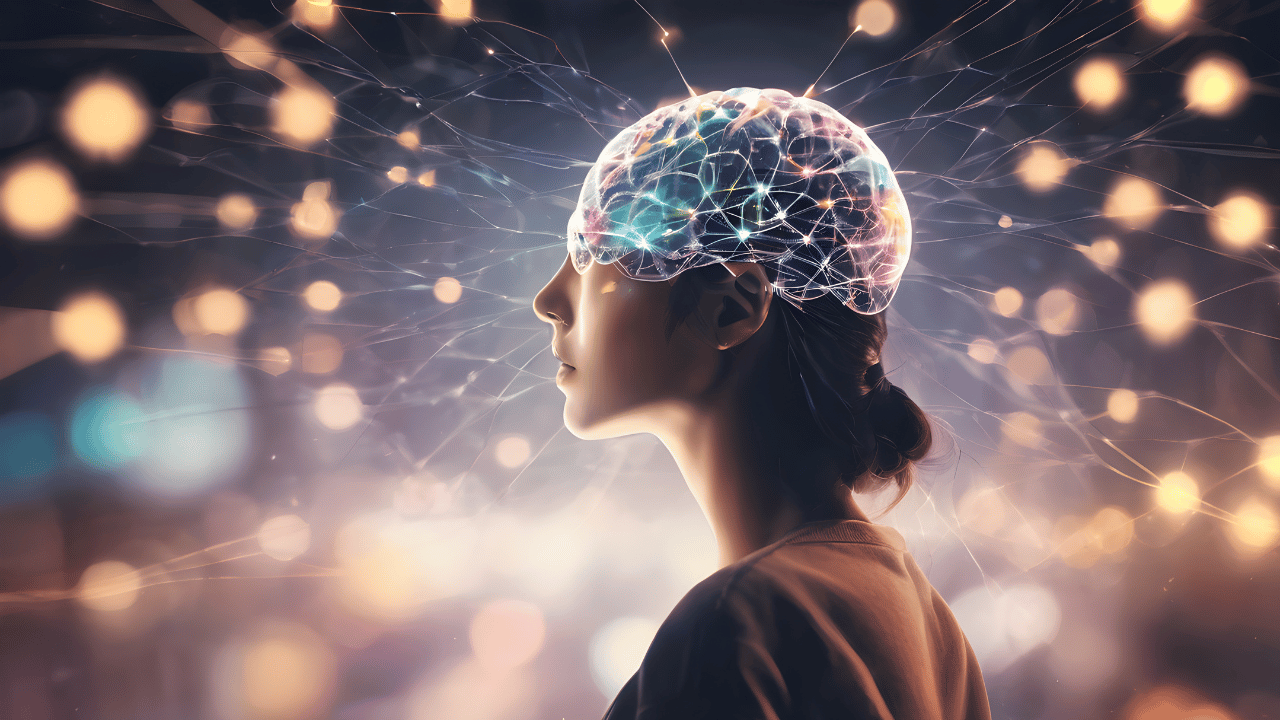
Traveling Waves = Functional Movement
As the neurons rotated, the scientists observed traveling waves sweeping across the brain's surface— like ripples restoring calm after a stone hits water.
That's the same pattern we see in a child's body as they find balance after a wobble, or when a baby rolls over for the
...